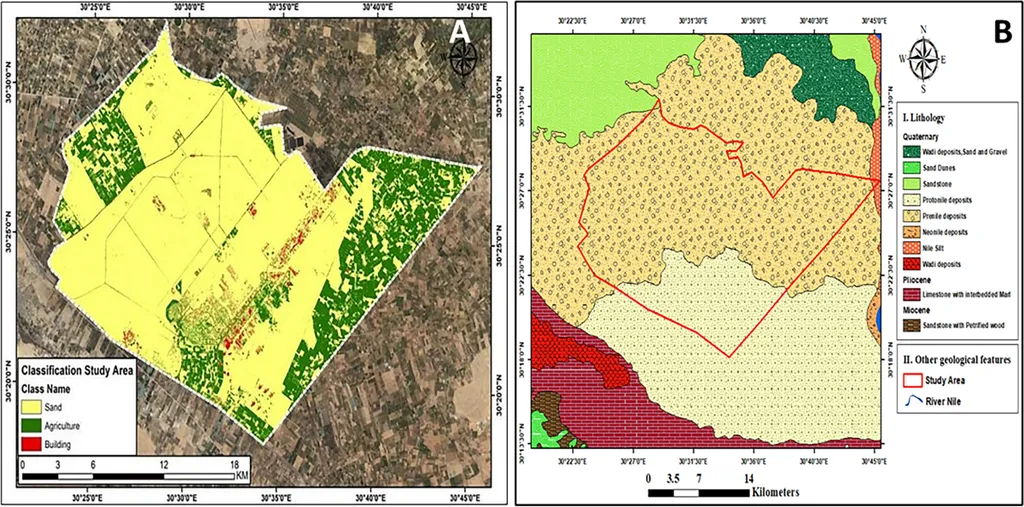In the heart of Bangladesh, a pioneering tool is set to revolutionize how we understand and manage one of our most precious resources: groundwater. Md. Hossain Ali, Director of Research at the Bangladesh Institute of Nuclear Agriculture (BINA), has developed M-RechargeCal, a user-friendly software that estimates natural groundwater recharge, a critical factor for sustainable water resource management and energy sector operations.
Groundwater is a vital resource for various industries, including agriculture, manufacturing, and energy production. Accurate estimation of groundwater recharge is essential for effective modeling and sustainable management of this resource. M-RechargeCal offers a practical solution to this challenge, utilizing two widely adopted approaches: the Water Balance (WB) method and the Water Table Fluctuation (WTF) method.
The WB approach divides the catchment area into seven land-use categories, each with distinct recharge characteristics. The tool includes eighteen different reference Evapotranspiration (ET0) estimation methods, catering to varying levels of climatic input data availability. “This flexibility allows users to adapt the model to their specific needs and data constraints,” explains Ali.
The WTF approach considers up to three aquifer layers with different specific yields or storage coefficients, depending on whether the aquifer is unconfined or confined. It also accounts for groundwater withdrawal and lateral water movement, providing a comprehensive picture of the aquifer’s dynamics.
M-RechargeCal is process-based and does not require calibration, making it a reliable and efficient tool for modelers and planners. Its performance was evaluated using six datasets from humid-subtropical environments, demonstrating reliable results. “The model can be applied to defined hydrological or hydrogeological units such as watersheds, aquifers, or catchments,” says Ali. “It can also be used to assess the impacts of land-use/land-cover changes on hydrological components.”
The implications for the energy sector are significant. Accurate groundwater modeling can inform the siting and operation of energy facilities, particularly those that rely on groundwater for cooling or other processes. It can also support the development of sustainable water management strategies, ensuring the long-term availability of this critical resource.
While M-RechargeCal has not yet been tested in arid regions, its potential is undeniable. As Ali notes, “This tool provides modelers and planners with a practical, accessible means of estimating recharge to support groundwater modeling and water resource planning.”
Published in the Journal of Groundwater Science and Engineering (translated from its original name), this research marks a significant step forward in the field of groundwater management. As we grapple with the challenges of climate change and increasing water demand, tools like M-RechargeCal will be invaluable in our efforts to manage this vital resource sustainably.
The software is available free of charge and can be downloaded from the author’s institutional website or obtained by contacting the author via email. This accessibility underscores the tool’s potential to drive meaningful change in the field of groundwater management, shaping future developments and supporting the energy sector’s sustainable growth.

